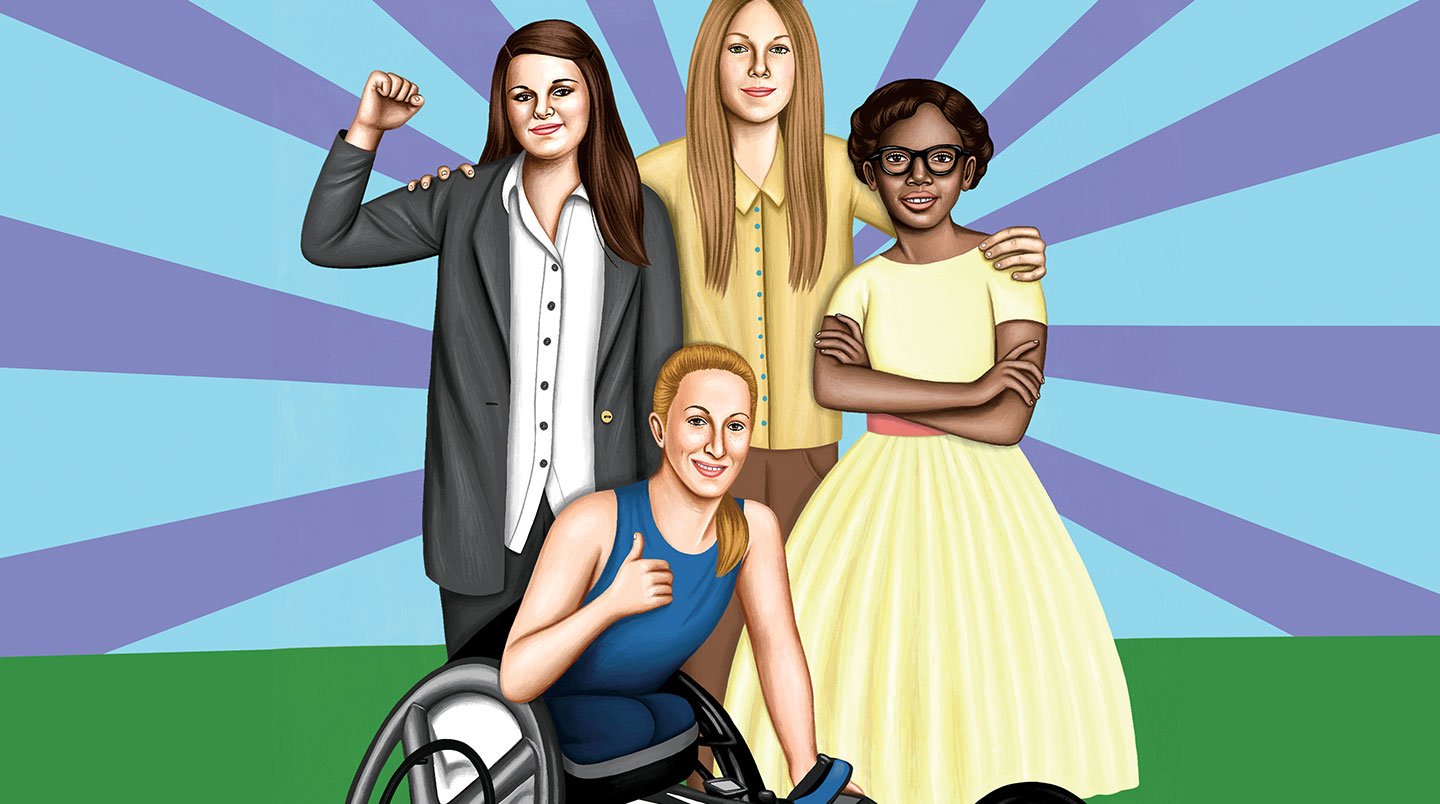Illustration by Juliette Toma
Growing up in Fulton, Mississippi, Constance McMillen dreamed of attending her prom. By the time she was a senior at Itawamba Agricultural High School in 2010, the 18-year-old had come out as gay and wanted to take her girlfriend to the dance. There had never been an openly gay couple at her public school before, so Constance asked the principal for permission to attend with her girlfriend.
He told Constance that the girls could go to the dance—but not together. He also said they’d be thrown out of the event if they were caught slow-dancing or holding hands. In addition, he refused Constance’s request to wear a tuxedo.
Constance knew she was being discriminated against. She contacted the American Civil Liberties Union (ACLU) for help. The legal rights group sent a letter to Constance’s school demanding that same-sex couples be allowed to attend prom. A week later, the Itawamba County School District canceled the dance altogether.
In response, the ACLU sued the school district on the grounds that it had violated Constance’s First Amendment right to freedom of expression. The judge in the case agreed. The Itawamba County School District had to pay Constance a settlement. It also created a district-wide policy that protects students from discrimination on the basis of sexual orientation.
Although Constance didn’t get to attend her own prom, she ensured that countless other students after her could attend theirs—with whomever they choose. In the process, she strengthened the rights of lesbian, gay, bisexual, transgender, and questioning (LGBTQ) students everywhere.
Constance McMillen grew up in Fulton, Mississippi. She dreamed of attending her prom. By the time she was a senior at Itawamba Agricultural High School in 2010, the 18-year-old had come out as gay. She wanted to take her girlfriend to the dance. There had never been an openly gay couple at her public school. Constance asked the principal for permission to go with her girlfriend.
He told Constance that the girls could go to the dance, but not together. He also said they would be thrown out of the event if they were caught slow-dancing or holding hands. In addition, he refused Constance’s request to wear a tuxedo.
Constance knew she was being discriminated against. She turned to the American Civil Liberties Union (ACLU) for help. The legal rights group sent a letter to Constance’s school. It demanded that same-sex couples be allowed to attend prom. A week later, the Itawamba County School District canceled the dance altogether.
In response, the ACLU sued the school district. The suit argued that the school had violated Constance’s First Amendment right to freedom of expression. The judge in the case agreed. The Itawamba County School District had to pay Constance a settlement. It also created a district-wide policy that protects students from discrimination on the basis of sexual orientation.
Constance did not get to attend her own prom. But she ensured that countless other students after her could attend theirs—with whomever they choose. She strengthened the rights of lesbian, gay, bisexual, transgender, and questioning (LGBTQ) students everywhere.

